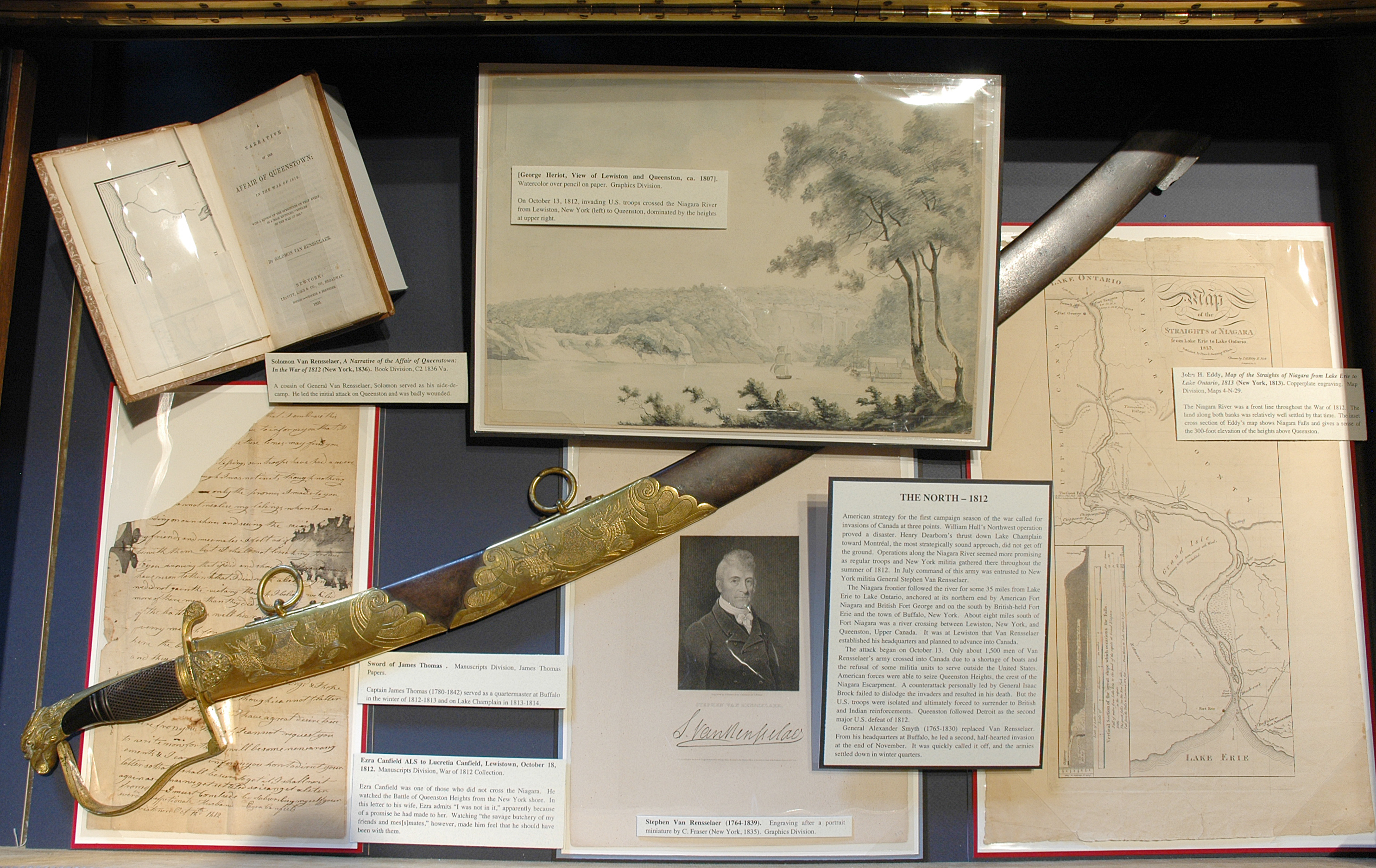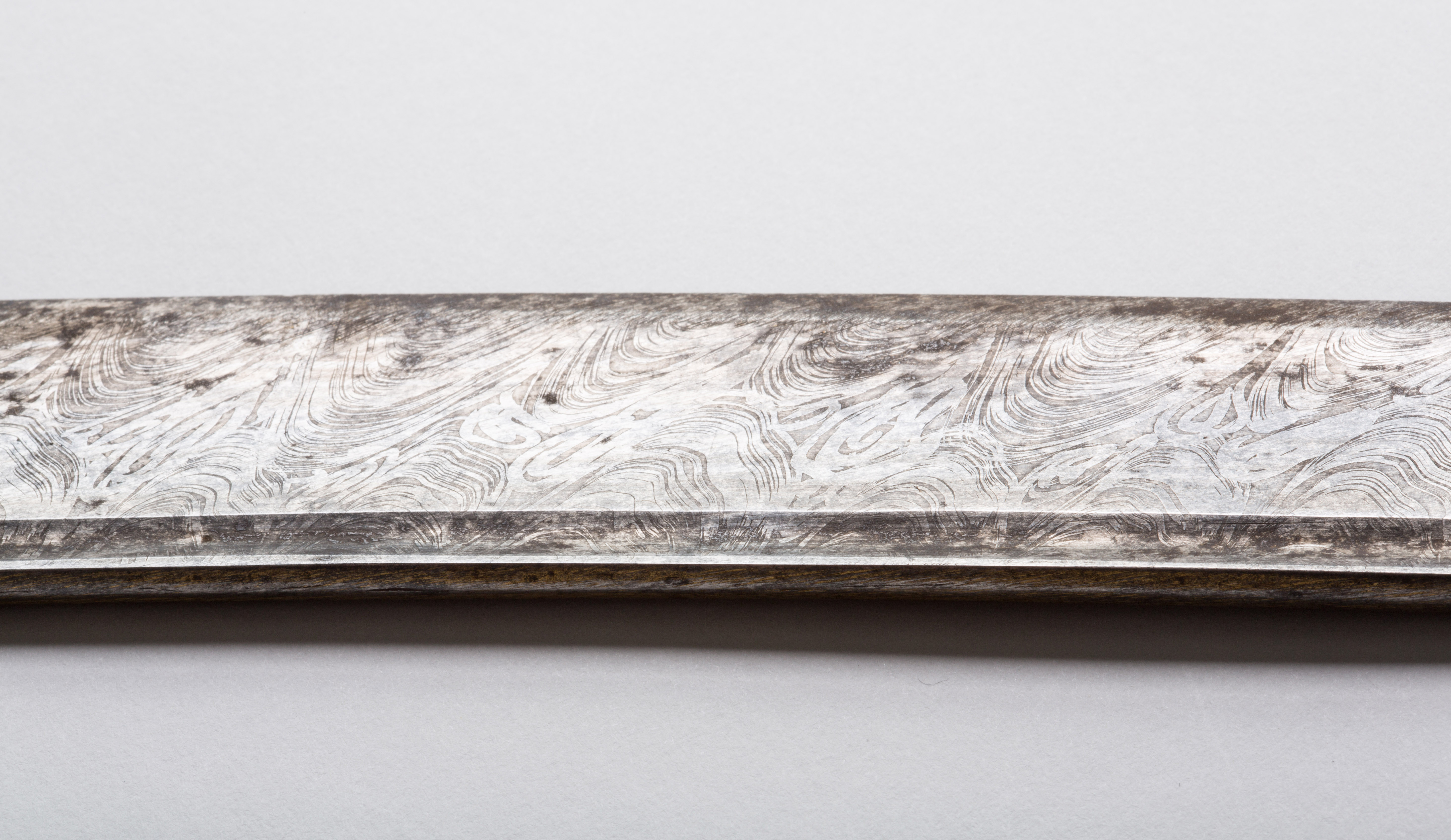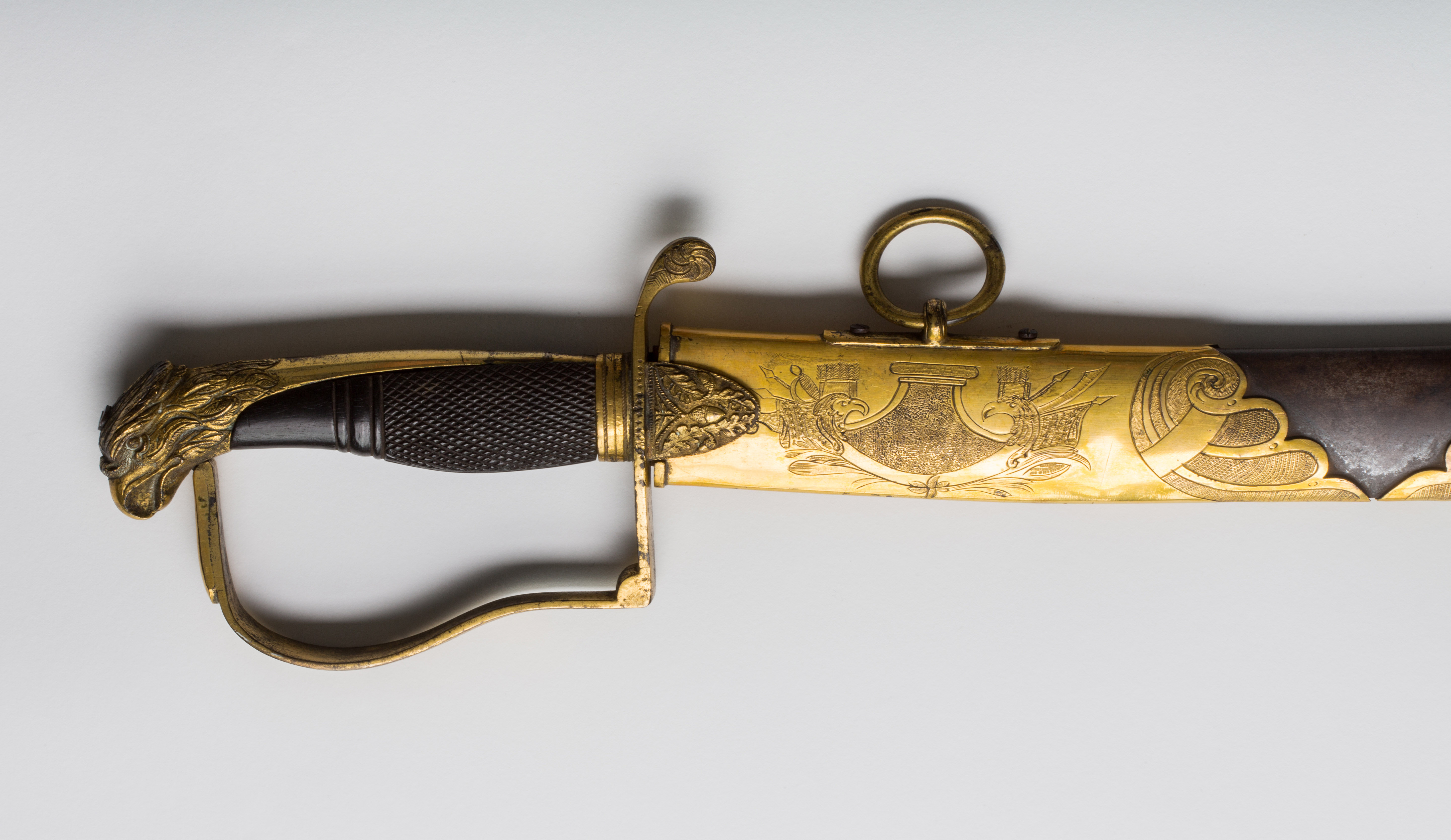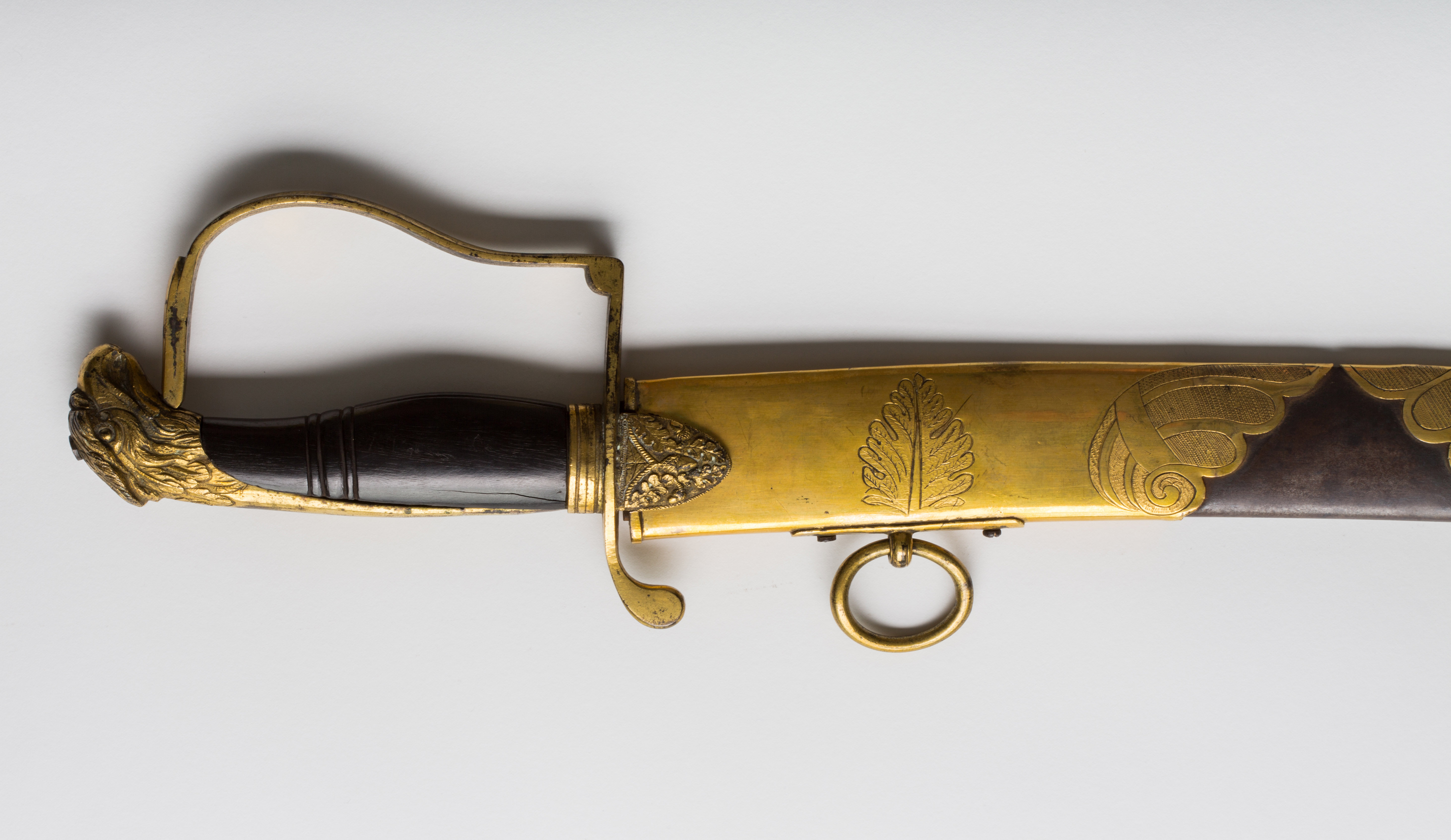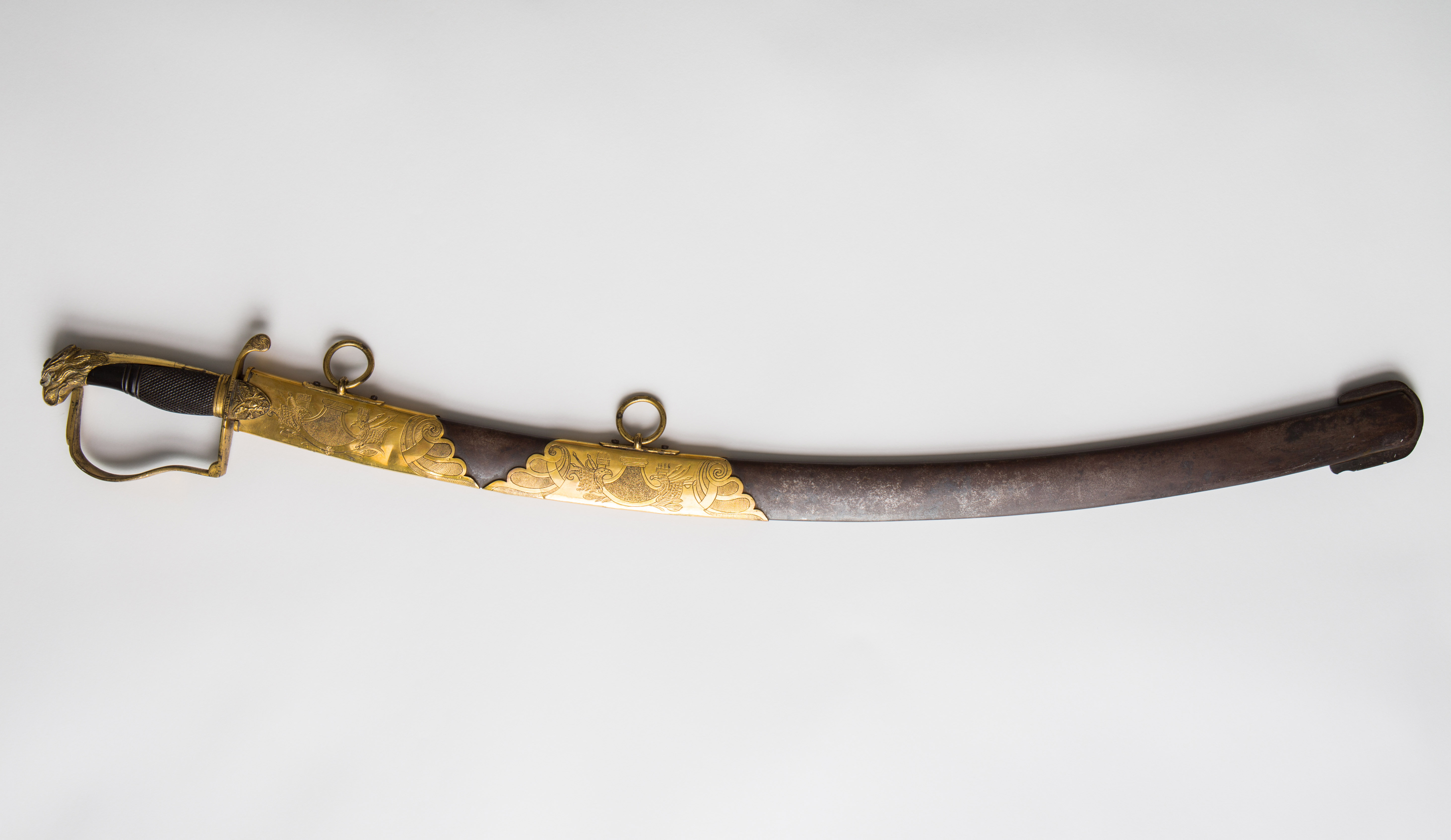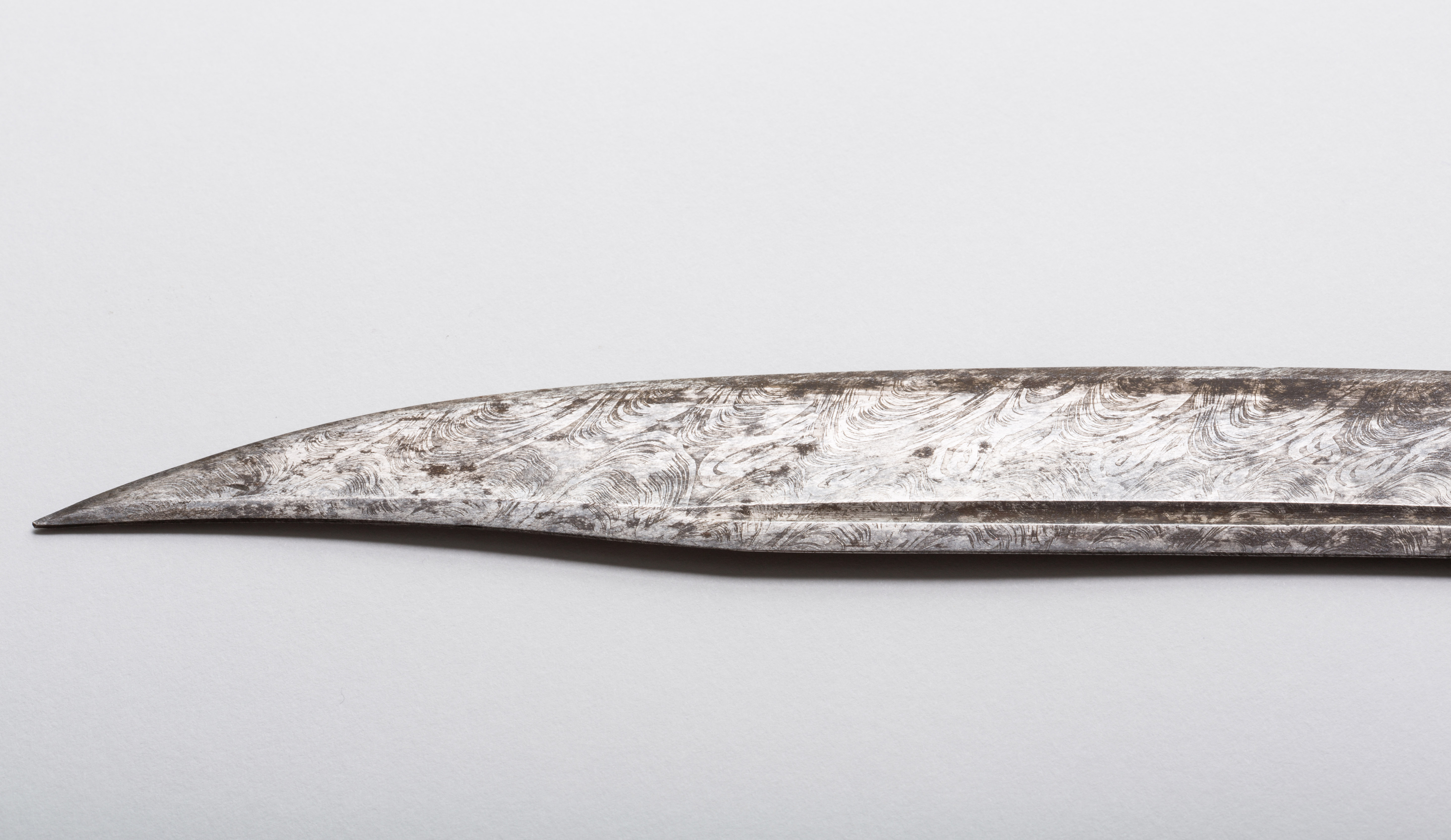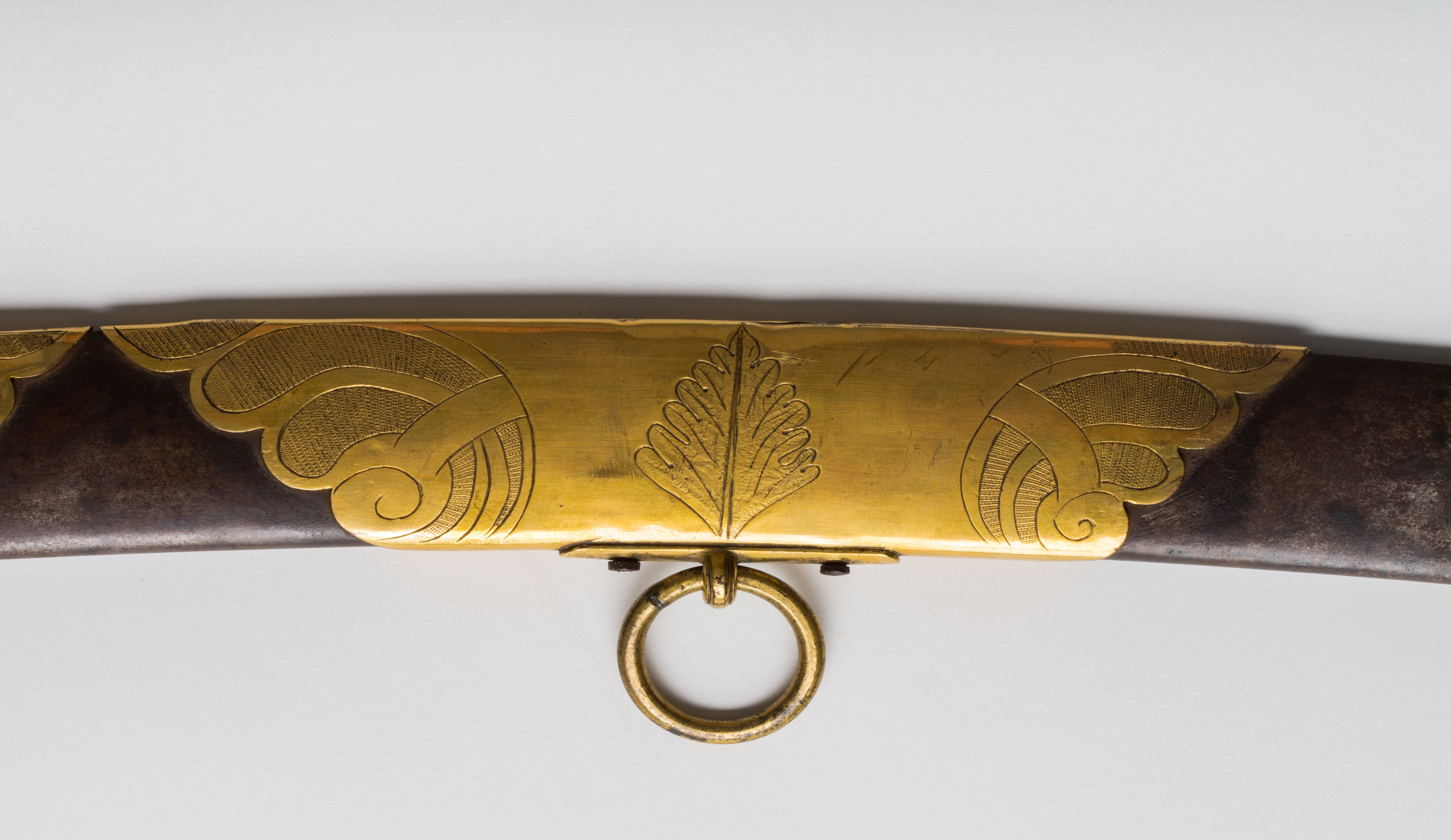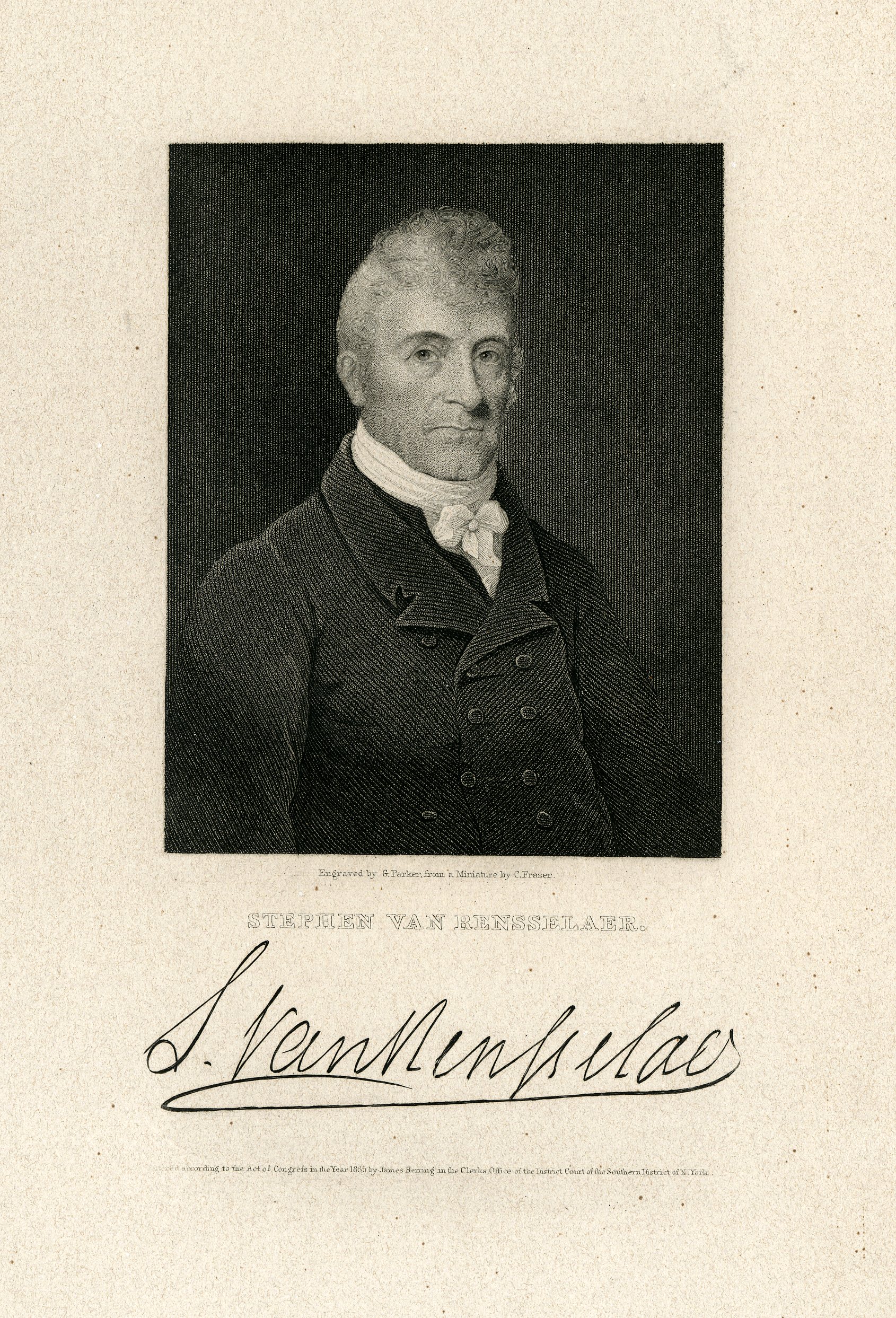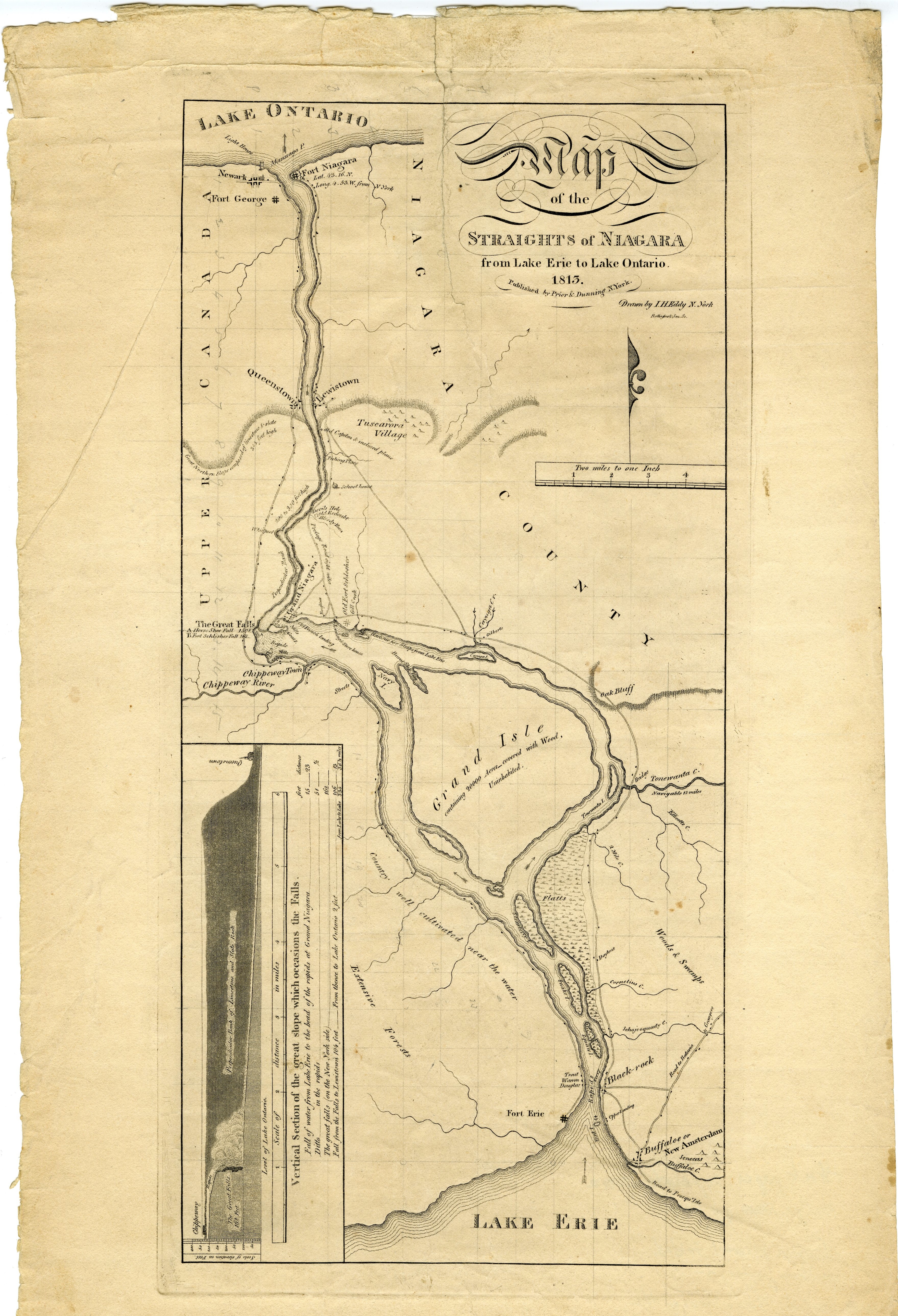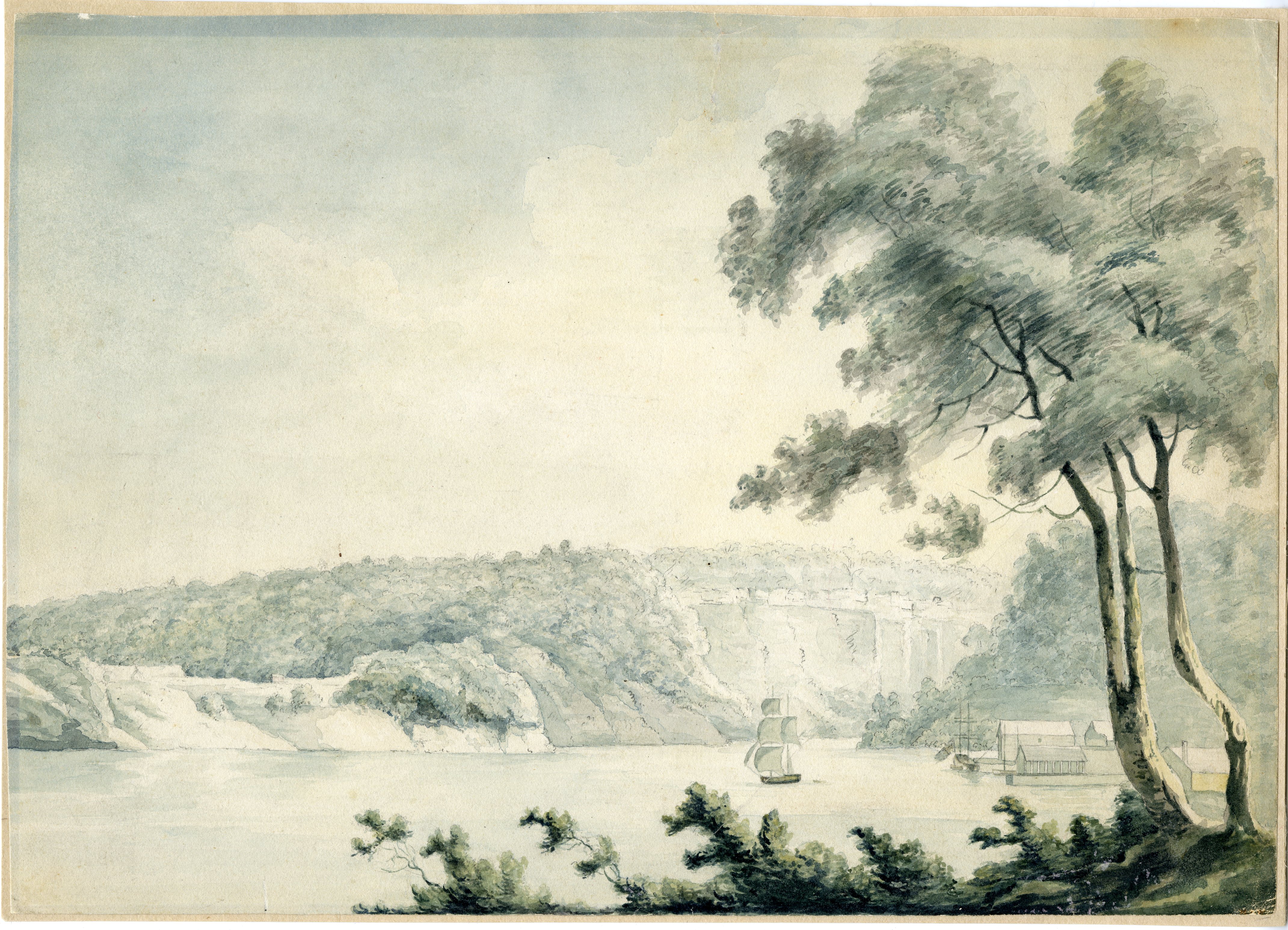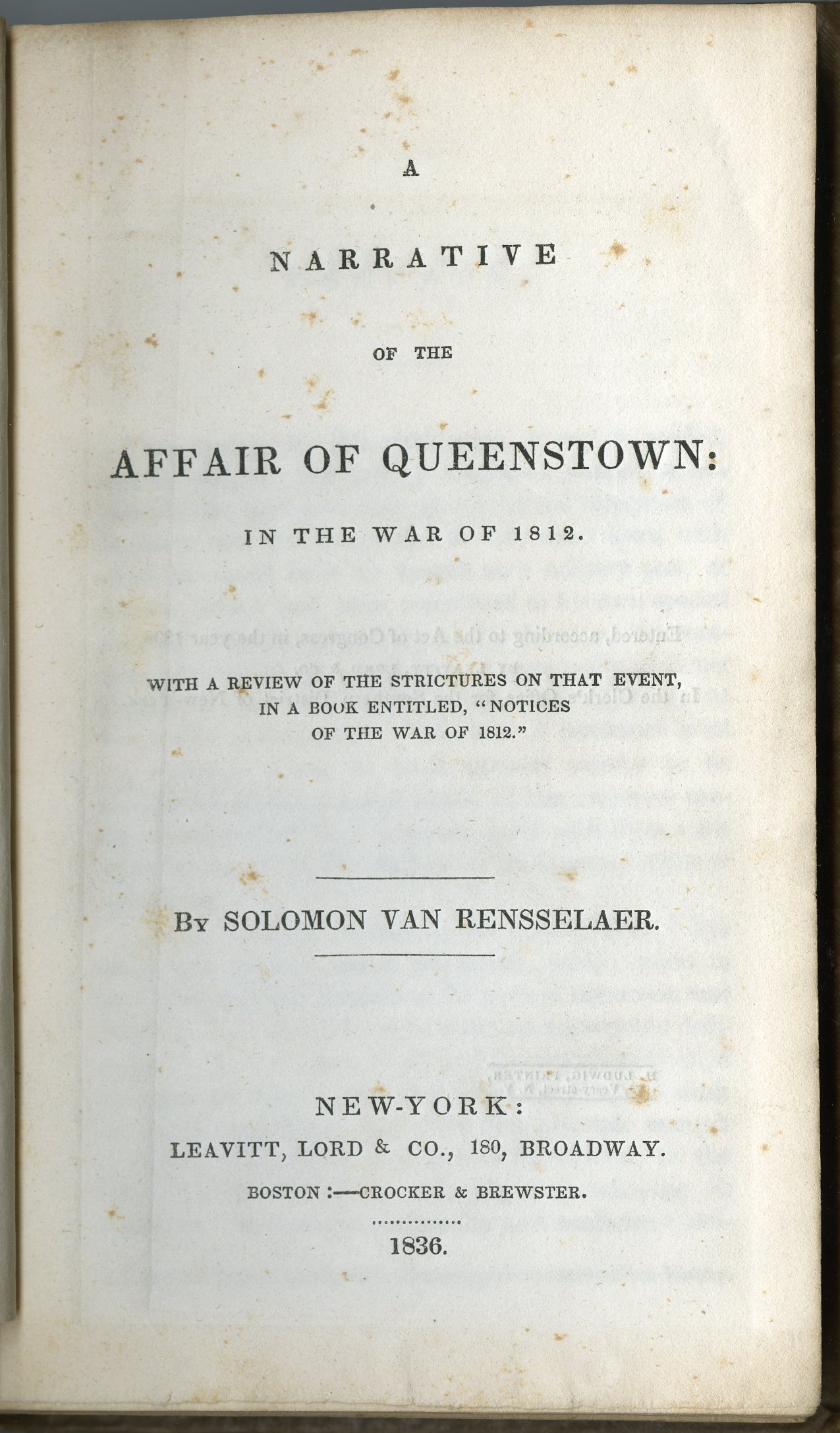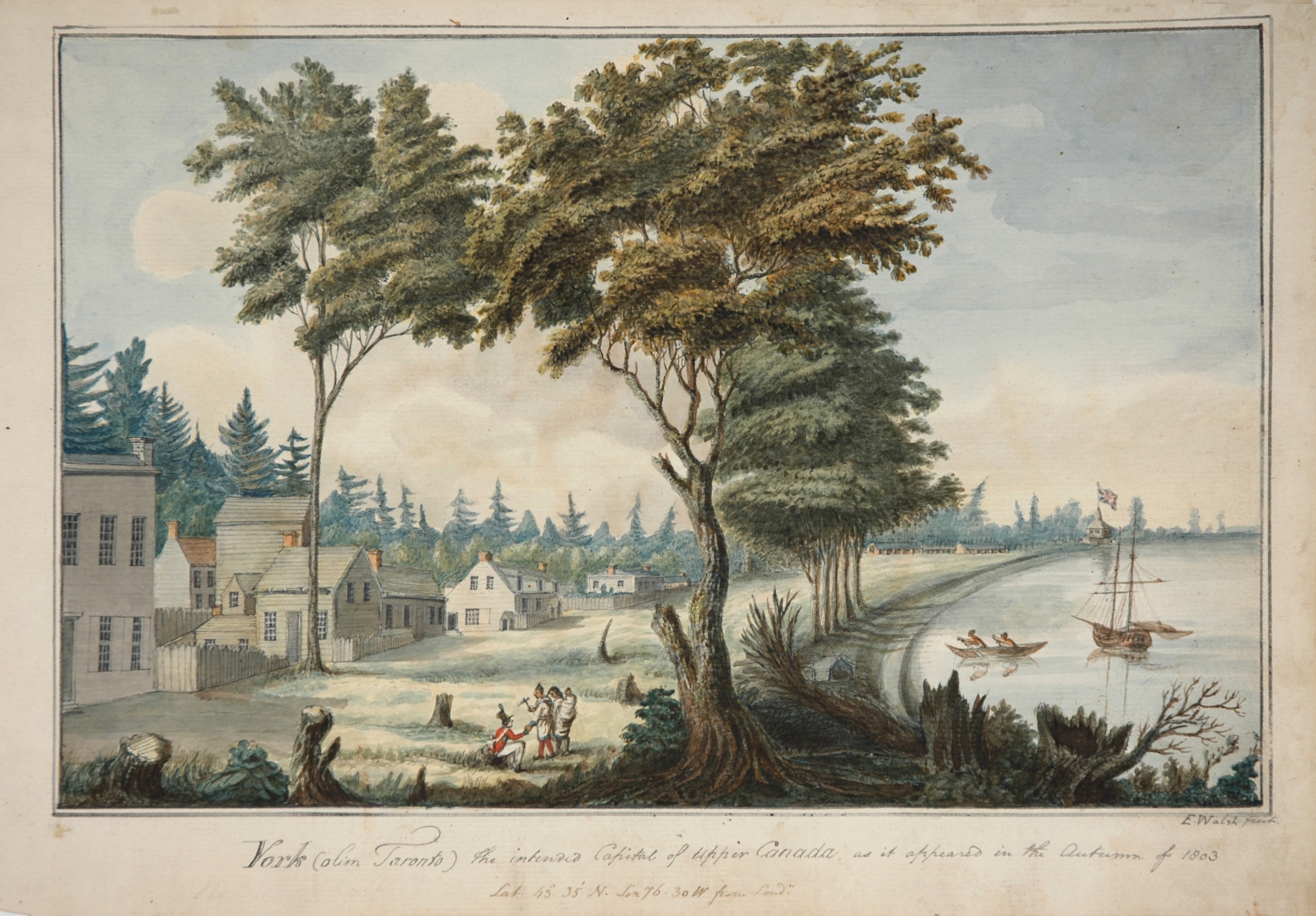The War of 1812: A Bicentennial Exhibition, Case 10
Case 10: The North – 1812
American strategy for the first campaign season of the war called for invasions of Canada at three points. William Hull’s Northwest operation proved a disaster. Henry Dearborn’s thrust down Lake Champlain toward Montréal, the most strategically sound approach, did not get off the ground. Operations along the Niagara River seemed more promising as regular troops and New York militia gathered there throughout the summer of 1812. In July command of this army was entrusted to New York militia General Stephen Van Rensselaer.
The Niagara frontier followed the river for some 35 miles from Lake Erie to Lake Ontario, anchored at its northern end by American Fort Niagara and British Fort George and on the south by British-held Fort Erie and the town of Buffalo, New York. About eight miles south of Fort Niagara was a river crossing between Lewiston, New York, and Queenston, Upper Canada. It was at Lewiston that Van Rensselaer established his headquarters and planned to advance into Canada.
The attack began on October 13. Only about 1,500 men of Van Rensselaer’s army crossed into Canada due to a shortage of boats and the refusal of some militia units to serve outside the United States. American forces were able to seize Queenston Heights, the crest of the Niagara Escarpment. A counterattack personally led by General Isaac Brock failed to dislodge the invaders and resulted in his death. But the U.S. troops were isolated and ultimately forced to surrender to British and Indian reinforcements. Queenston followed Detroit as the second major U.S. defeat of 1812.
General Alexander Smyth (1765-1830) replaced Van Rensselaer. From his headquarters at Buffalo, he led a second, half-hearted invasion at the end of November. It was quickly called it off, and the armies settled down in winter quarters.
Sword of James Thomas. Manuscripts Division, James Thomas Papers.
Captain James Thomas (1780-1842) served as a quartermaster at Buffalo in the winter of 1812-1813 and on Lake Champlain in 1813-1814.
Stephen Van Rensselaer (1764–1839). Engraving after a portrait miniature by C. Fraser (New York, 1835). Graphics Division.
John H. Eddy, Map of the Straights of Niagara from Lake Erie to Lake Ontario, 1813 (New York, 1813). Copperplate engraving. Map Division, Maps 4-N-29.
The Niagara River was a front line throughout the War of 1812. The land along both banks was relatively well settled by that time. The inset cross section of Eddy’s map shows Niagara Falls and gives a sense of the 300-foot elevation of the heights above Queenston.
Solomon Van Rensselaer, A Narrative of the Affair of Queenstown: In the War of 1812 (New York, 1836). Book Division, C2 1836 Va.
A cousin of General Van Rensselaer, Solomon served as his aide-de-camp. He led the initial attack on Queenston and was badly wounded.
Ezra Canfield ALS to Lucretia Canfield, Lewistown, October 18, 1812. Manuscripts Division, War of 1812 Collection.
Ezra Canfield was one of those who did not cross the Niagara. He watched the Battle of Queenston Heights from the New York shore. In this letter to his wife, Ezra admits “I was not in it,” apparently because of a promise he had made to her. Watching “the savage butchery of my friends and mes[s]mates,” however, made him feel that he should have been with them.

